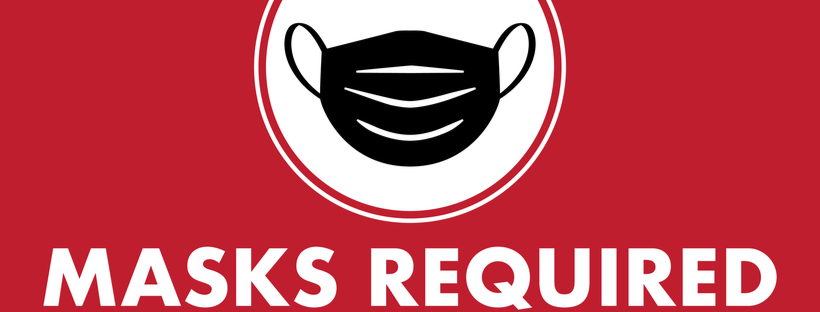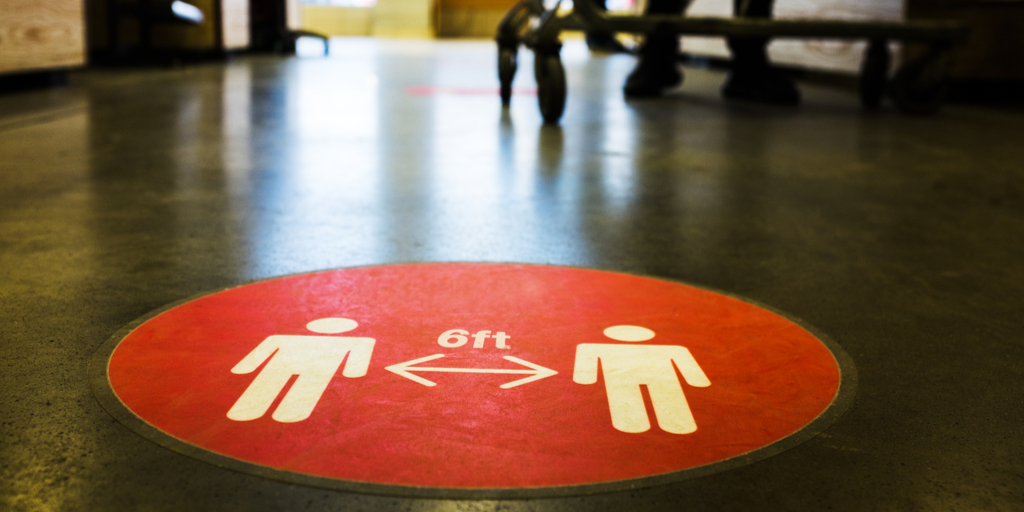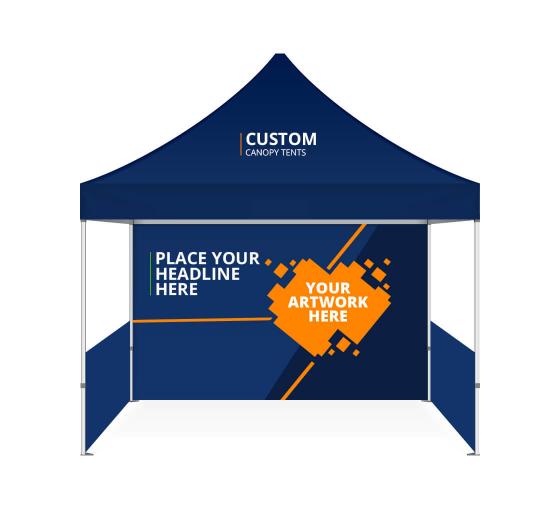We are fast approaching the one year anniversary since COVID 19 sent shock waves through the global economy. Starting at the end of 2020’s first quarter, businesses were catapulted into the role of crisis managers to combat a global pandemic. Companies had to get creative to find safety solutions that kept customers and staff safe while meeting growing governmental mandates.
With COVID 19 precautions in place, take the redesign of your consumers’ experience to the next level. You need to decide which tools are necessary to create a safe environment for your employees and customers alike and budget for their immediate inclusion. You have to consider safety and customer satisfaction simultaneously. To say this is an imperative is not an understatement; the success of your business this year depends on it.
Pandemic Proof Your Business

Keeping your store safe to stay open is a given. First, though, give yourself a pat on the back for finding ways to stay afloat. By October of 2020, 1 in 5 businesses that were open in January had closed. 42% of those surveyed said they were at risk of going out of business in the 4th quarter. Those are sobering numbers. You’ve made it this far, however, and following these CDC guidelines are the next step to protecting your business from the health and financial ramifications of the virus. Place sneeze guards at checkout counters or between dining room tables to prevent infection. Consider using small decals and signs with sneeze guards to convey information to hearing impaired customers.
- Stock up on disinfectant wipes and cleaning solutions to keep doors and counter surfaces clean and COVID 19 free.
- Hand sanitizer dispensers and hand washing stations are a great way to promote cleanliness for employees and shoppers.
- Window decals alert customers to new business hours, changes in store capacity, cashless payment options, temporary closures and reopening.
- A well placed sign on your door serves as a reminder for customers to wear masks in store. This simple and cost-effective communication protects customers and employees from viral spread.
- Placing a tarp on the office game room or bar pool table signals to workers or patrons that these items are out of commission and reduces the risk of surface contact.
Make a Plan That Builds Customer Trust
Anticipate customers’ pain points and offer solutions to prevent customer turnover and revenue loss. A McKinsey & Co survey found that 75% of Americans tried new brands and shopping behaviors due to pandemic-induced buying trends. Coupled with the explosion of social media and online reviews, that means a frustrating experience for new customers can have devastating negative effects for your company that extend well beyond the exit sign.
Show customers you care by creating a safe and simple shopping experience. Provide face masks with purchase or for customers who forget to bring one. Branded face masks are a sincere way to show you care about your customers while also functioning as a marketing tool they will wear in public.
Make Your Store a Safe Haven

Keep in mind that we are all adjusting to this new way of life. Demonstrating concern for consumer well-being facilitates trust between businesses and consumers. Touch free dispenser wall mounts help customers sanitize their hands as they browse the items in your store. Social distancing floor decals take the confusion out of shopping and create positive and safe in-store interactions.
Position floor signs by high demand items when they are restocked. If certain tables or store sections are blocked off, place a decal or sign on the area so customers know that to stay safe they should not use that space. Also, you can put a QR code on a table top decal for hands free access to menus and online ordering platforms. These strategies will lower costs and promote customer satisfaction.
Design a Seamless Shopping Experience
According to Statista.com, online purchases are projected to be 15% of all retail sales in 2021. That means social media marketing and online platforms should absolutely be part of your business model.
To take the greatest advantage of revenue-generating opportunities, however, create a strategy that bridges the online and brick and mortar experience. Update your storefront signs and online platforms to reflect the same information. Smaller window clings can be used to reinforce information you’ve provided online and explain your mask and social distancing expectations, new hours of operation, and highlight current sales or promotions.
The Hope Is BOPIS

According to Forbes, BOPIS retail transactions grew 195% last May! A lot of customers like the convenience of buying online and the peace of mind they get from picking the item up in-store. Be sure to place indoor fabric signs in your store to direct shoppers to their hassle-free pickup point.
Curbside pickup and delivery is another popular option because it’s safe and efficient. Storefront signs are a fantastic way to showcase these options to potential buyers and help them navigate the pick up and delivery process with ease.
Planning for What’s Ahead
Constantly evaluate your business operations to ensure they are compliant with state and federal regulations. Check in with your employees and research customer reviews daily and weekly to discern what’s working and what needs to be improved. As new regulations emerge, keep safety and simplicity at the forefront of your redesign process. Agile and innovative safety procedures and customer centric initiatives will help you survive the COVID 19 economy.
References:
– How to Protect Yourself and Others – CDC
– Guidance for Cleaning and Disinfecting Public Spaces, Workplaces, Businesses, Schools, and Homes : CDC
– Covid Is Crushing Small Businesses. That’s Bad News for American Innovation. : The Wall Street Journal
– US consumer sentiment during the coronavirus crisis : McKinsey & Company
– E-commerce share of total retail sales in United States from 2013 to 2024 : Statista
– COVID-19 Accelerated E-Commerce Growth ‘4 To 6 Years’ : Forbes


 Posted in
Posted in 



